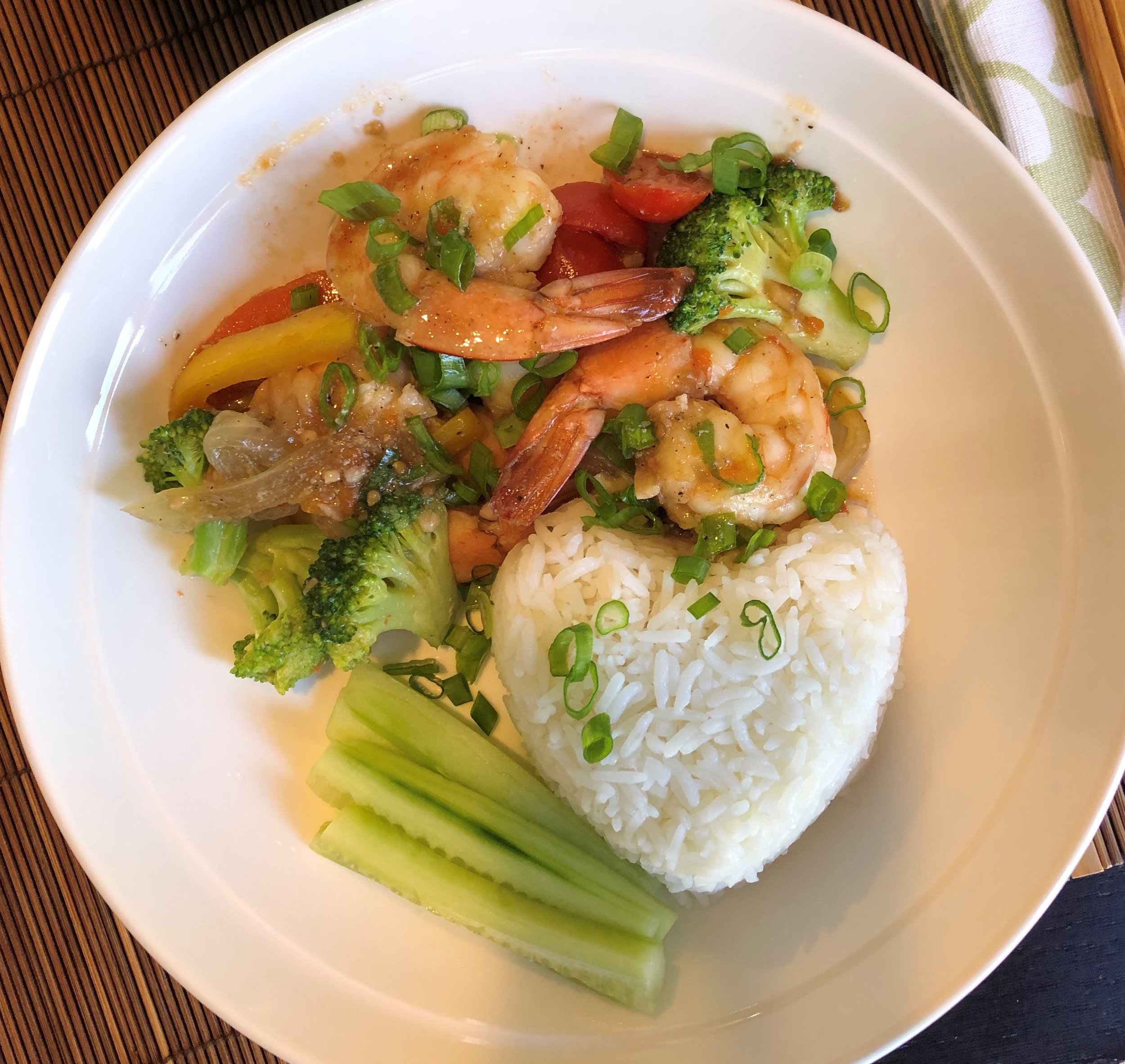Digging for Clams as a Hobby?
After receiving a batch of fresh quahogs this fall, I became intrigued by how one would dig for clams. I have seen people with their buckets and rakes heading onto the beach at Cape Cod, but I didn’t think much of it. Could digging for clams be my new pastime? How would I go about doing this?
Below are the basics for clam digging and handling I have researched:
- Recreational shellfishing or clam digging is regulated by the town in Massachusetts, so one must contact the town for permits, rules, and regulations.
- Know the local size limits, catch limits, and tools allowed. Also, know where to avoid, such as polluted areas.
- Know the tidal information of the location you want to dig. Low tide is ideal.
- Once you’re at the shore, look for bubbles and indentation in the sand. Then, dig in that location. If you see one clam after digging, there tend to be others nearby. But, if you see baby clams in the area, move to a different spot.
- You can dig for clams year-round, but cold weather is more difficult. Clams stay deeper in the sand/mud in cold weather. The cold is also uncomfortable for humans to be out there. Recreational clamming is usually in the summer months.
- Clams can be stored in the fridge in an open container (not sealed container or plastic bag), so they can breathe. Use them as soon as possible, but they can be stored for up to 2 days. Discard any dead clams. The best way to know is when you cook them, the dead ones will not open.
What to do with the clams you’ve harvested? The size of the clams determines the recipe I would cook. If the clams are large, the clam meat is tougher and chewier, so I would use them for making New England clam chowder or stuffed clams. If the clams are small, I would eat them directly by steaming or cooking in pasta sauce. As for the batch of clams I received recently, I prepared them in a simple steaming recipe. After scrubbing them clean, I steamed them in a big pot with water, white wine, garlic, salt, and thyme. Once the water boiled for a few minutes, the clams opened, which meant they were done cooking. Then, I added chopped celery leaves that I just cut from my garden. The clams were served with a Thai-style sweet and sour sauce and a glass of rosé wine.








